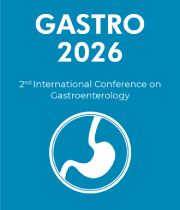Liver Homeostasis and Regeneration
The liver is a major immunological organ that contains a large number of myeloid and lymphoid immune cells. The mammalian liver is one of the body's most regenerative tissues, capable of fully restoring mass and function following a variety of traumas. This alone distinguishes the liver from other mammalian tissues, but the widely believed belief that the mode of repair is determined by the type of lesion is much more uncommon. The liver is thought to regenerate by replicating existing cells in some circumstances and differentiating from specialised cells (so-called facultative stem cells) in others. Despite the liver's spectacular and one-of-a-kind regenerative response, the cellular and molecular characteristics of liver homeostasis and regeneration are just now beginning to be revealed.
- Cell Biology of Liver
- Liver Immunology
- Liver Regeneration



